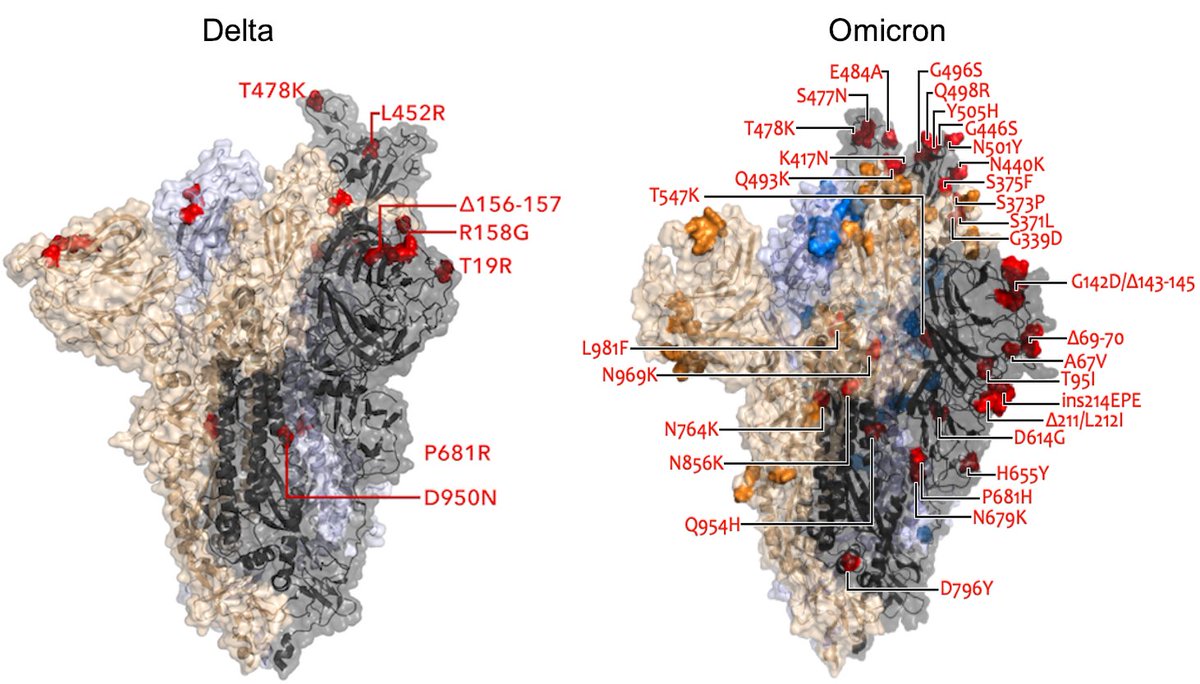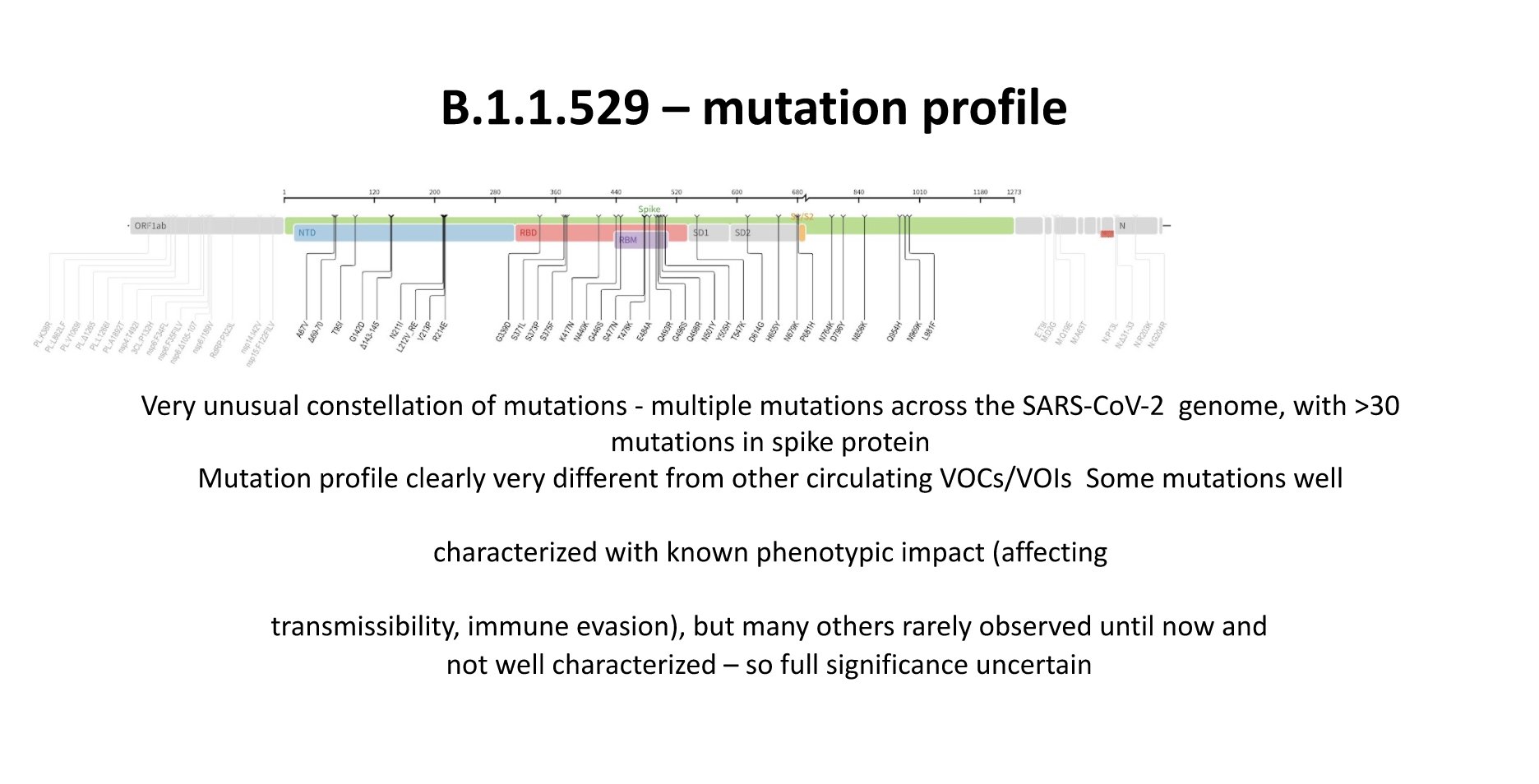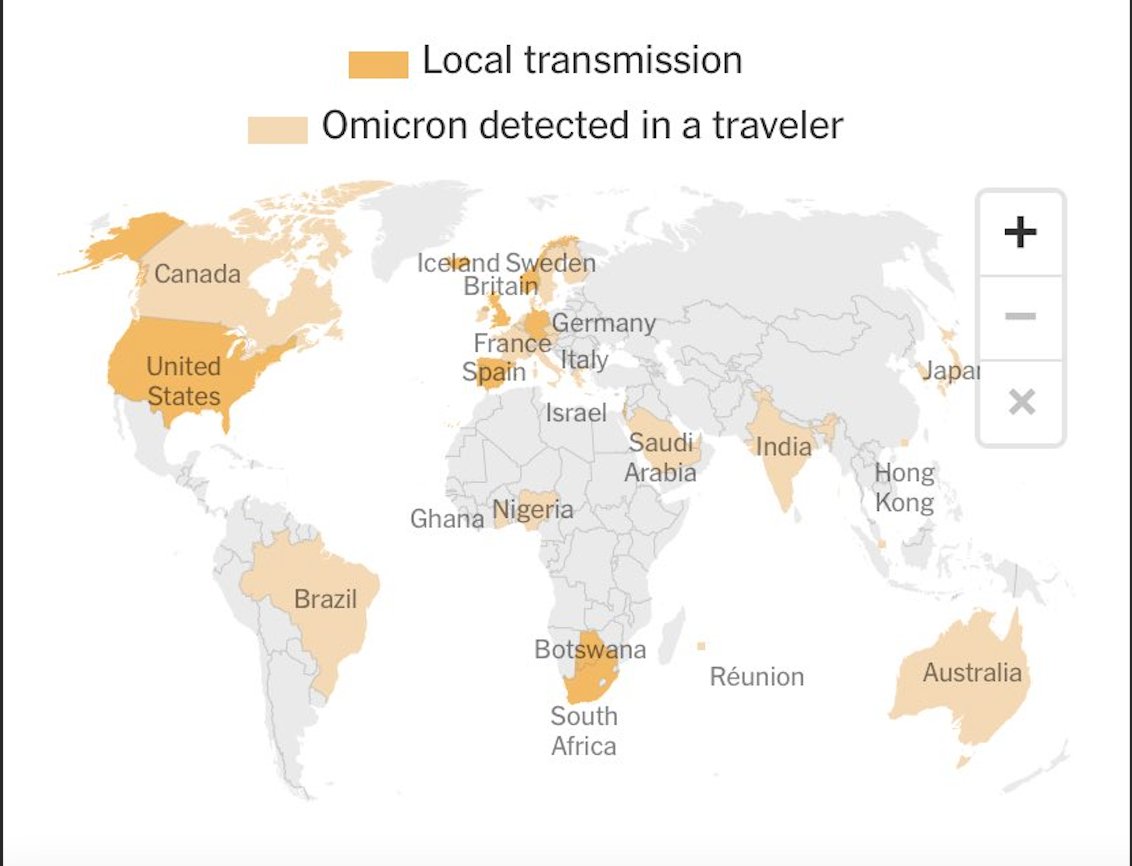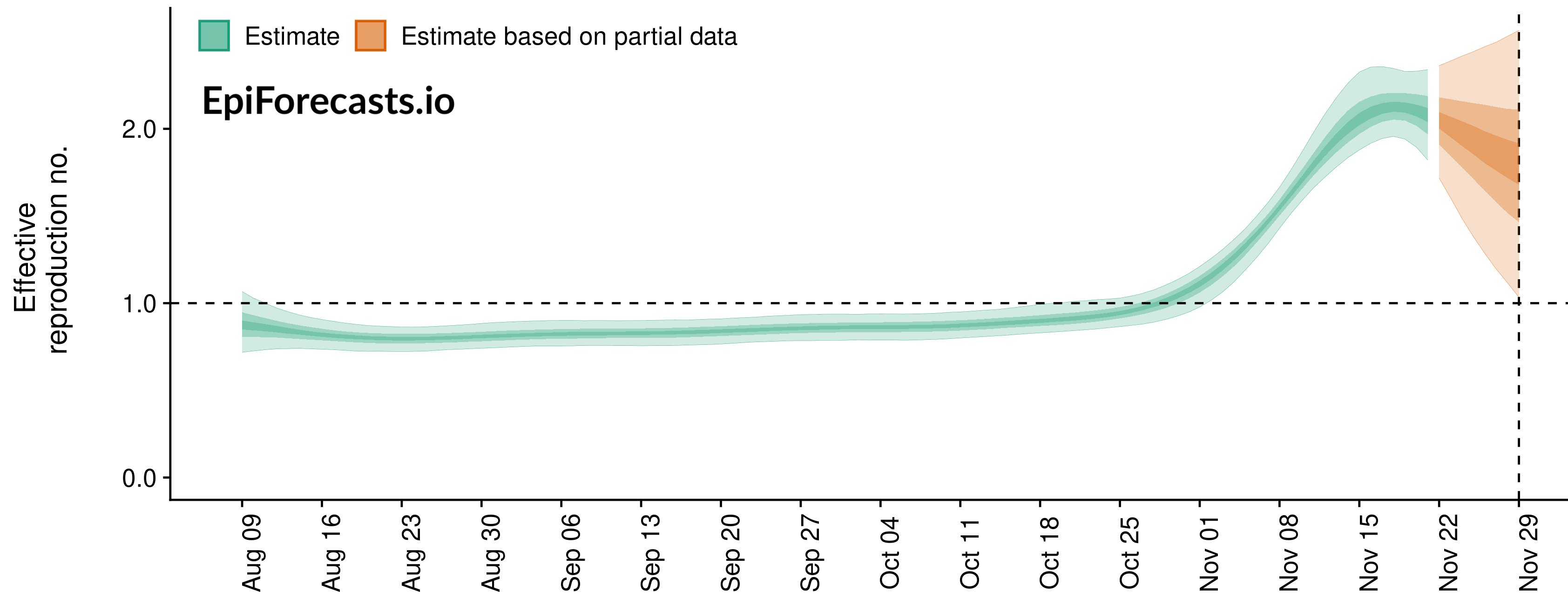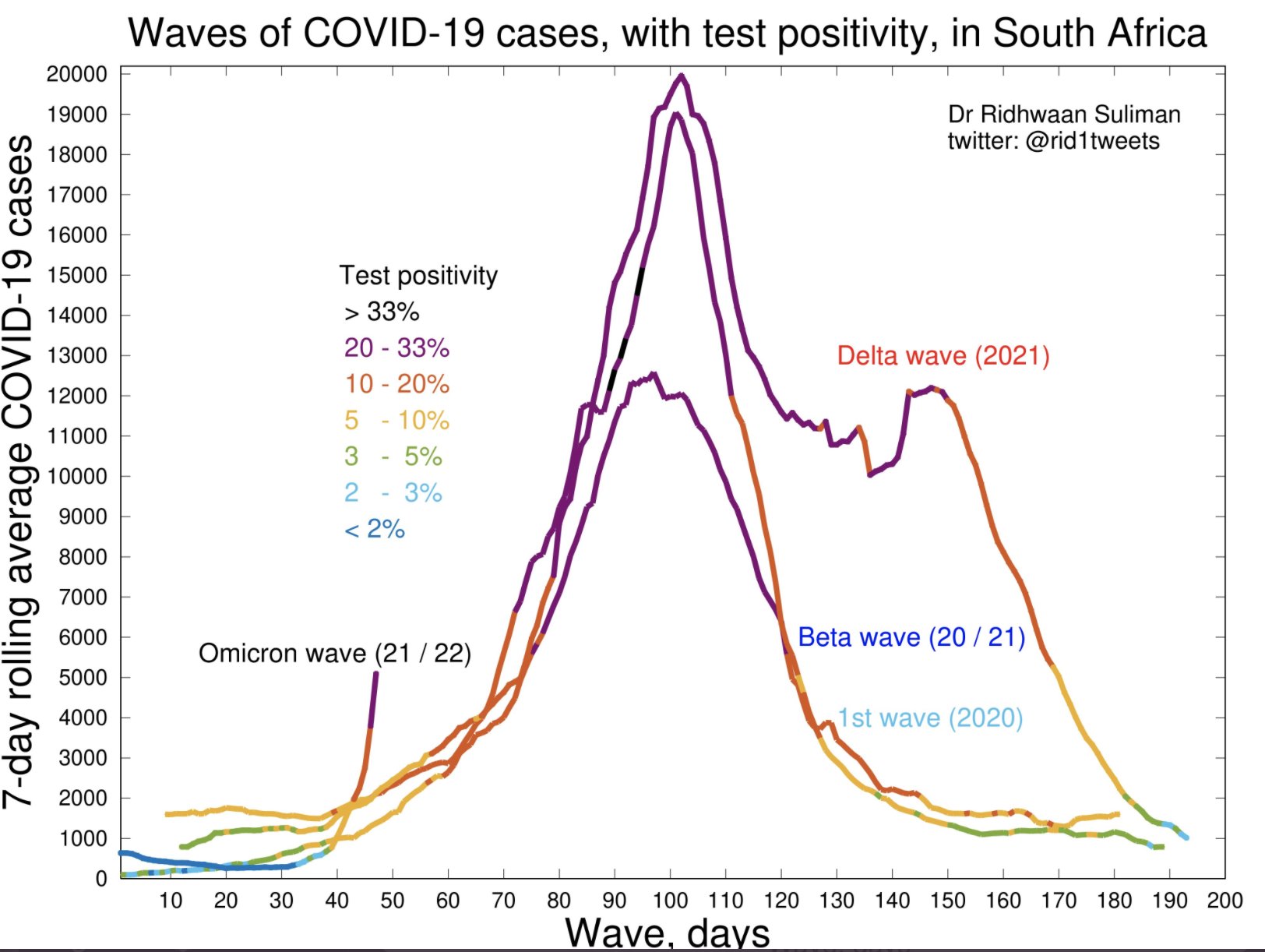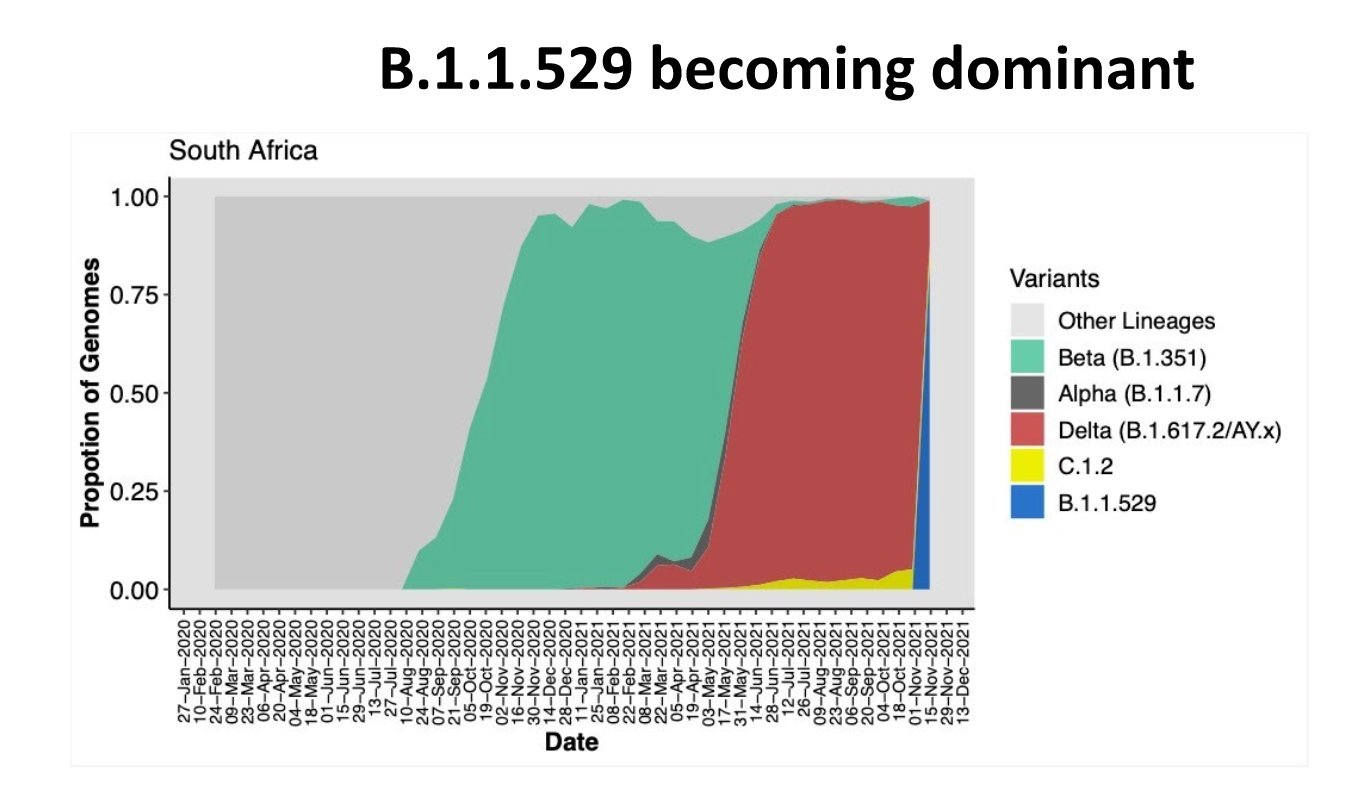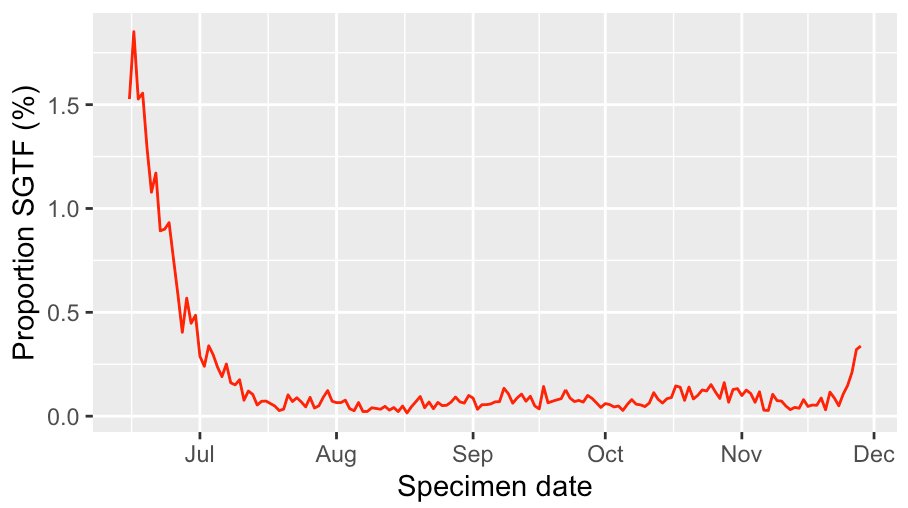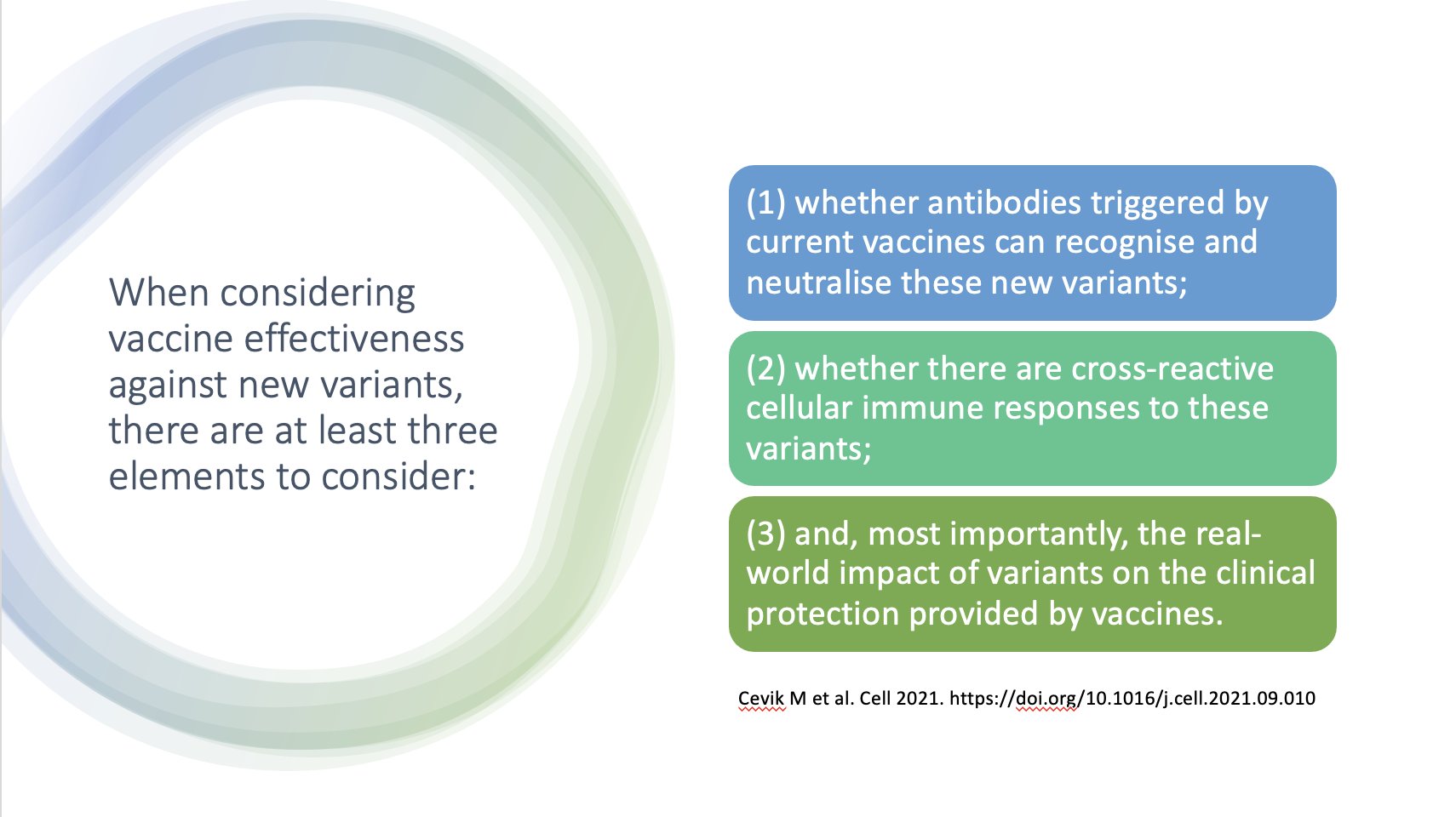Health
Covid-19 variants: Comparative analysis of Omicron, Delta, Beta, and other variants, here’s what clinical scientist Muge Cevik’s study suggests
There’s a lot we don’t yet understand about Omicron, including its impact on immunity and what it means for vaccines. Here’s what clinical scientist Muge Cevik has to say about the emerging omicron virus in South Africa.

Health
Karwa Chauth 2025 moonrise time: Biohacking the fast from sunrise to moonlight for better health
Karwa Chauth 2025 fast offers not only spiritual fulfilment but also scientifically proven health benefits — from improved metabolism and hormonal regulation to enhanced longevity and mental clarity.
Health
Sadhguru’s 30% diet challenge: Spiritual leader explains how eating more fruits can transform your digestion and mental clarity
Sadhguru’s 30% diet challenge urges people to eat more fresh fruits daily. From better digestion to steady energy, here’s how this change can improve your life.
Health
Is winter really a silent threat for diabetics and hypertensive patients? Risks you need to know
-

 India News22 hours ago
India News22 hours agoPM Modi welcomes Vladimir Putin with warm hug as Russian President begins India visit
-
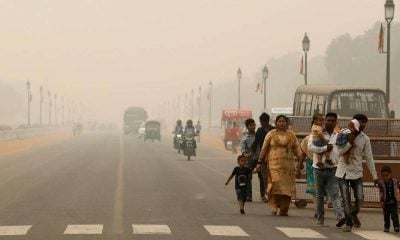
 India News22 hours ago
India News22 hours agoDelhi to install 305 mist sprayers across 9 major pollution hotspots
-

 Cricket news22 hours ago
Cricket news22 hours agoRavi Shastri warns critics against messing around with Virat Kohli and Rohit Sharma
-

 India News7 hours ago
India News7 hours agoIndiGo flight chaos deepens as over 500 services cancelled, passengers stranded for hours
-

 India News7 hours ago
India News7 hours agoRBI cuts repo rate to 5.25%, paving the way for cheaper loans
-

 Latest world news7 hours ago
Latest world news7 hours agoAsim Munir appointed Pakistan’s first Chief of Defence Forces, to serve 5-year term
-

 India News2 hours ago
India News2 hours agoIndia and Russia vow to walk together against terrorism, reaffirm strategic partnership
-

 Entertainment2 hours ago
Entertainment2 hours agoDhurandhar review: Ranveer Singh roars back, Akshaye Khanna shines in intense spy thriller

